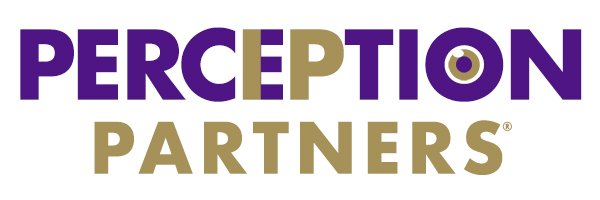Solid-state Batteries Market & IP Landscape
Solid-state batteries (SSB) use solid electrodes and a solid electrolyte in place of the liquid electrolytes found in lithium-ion (Li-ion) batteries. Solid-state batteries provide higher energy density, longer cycle life, quick charging, reduced flammability and safety.
According to the European Federation for Transport and Environment, the future of solid-state batteries is closely tied with the future of electric vehicles. SSBs have the potential to reduce the carbon footprint of electric vehicles by up to 39% compared with liquid Li-ion batteries.
What’s taking so long for SSB technology to disrupt conventional batteries and get to large-scale market adoption?
Electric vehicles have emerged as a disruptive automobile alternative that could benefit immensely from innovations in solid-state batteries, yet face major barriers due to concerns over limited range, long charging times and battery degradation & recycling.
Despite many advantages over today’s Li-ion batteries, the commercial scale-up and viability of solid-state batteries is still challenged by a lack of sustainable manufacturing processes, stable chemical interfaces between electrolyte and electrodes, and design for recyclability.
Automobile manufacturers and suppliers are now – more than ever – disclosing and building IP around significant investments that accelerate the deployment of solid-state battery technology at scale. At any time a technology turning point could surface in the IP landscape, leading to mass adoption of electric vehicles worldwide. Will your team lead in this area - or merely follow?
Quick-charging, carbon-neutral solid-state battery technology (and related high quality patents) could determine the future winners in electric vehicles, a rapidly growing market with 18.2% CAGR - and size doesn’t matter
Recently emerging technology firm Quantumscape announced the creation of solid-state batteries that can fast-charge in under 30 minutes, through 400 consecutive cycles, with less fast-charging degradation problem.
Factorial Energy, who is currently working with automakers including Mercedes-Benz and Hyundai, opened a solid-state EV battery development and manufacturing facility in Methuen, MA. The company announced a major solid-state technology milestone for achieving a charging capacity retention rate of 97.3%.
Nissan launched a prototype production facility for laminated, all-solid-state vehicle batteries. Nissan is prototyping 10-by-10-centimeter laminated all-solid-state battery (ASSB) cells in a pouch-format through a process that includes lamination. The technology is able to realize high energy density, rapid charging performance and durability performance.
An outsider to automobiles, NASA announced the creation of a novel solid state architecture battery (SABERS) that has enough energy and power to be used in electric aircraft and other aeronautical devices. The design eliminates 30 to 40 percent of the battery’s weight, and double or even triple the energy it can store, with an energy density of 500 watt-hours per kilogram and is double that of an electric car battery. Interestingly, Nissan has teamed up with NASA to develop a new type of battery – surprising that no major US has player partnered with NASA before?
Auto market leader Toyota has amassed almost three-times as many solid-state battery patents and applications as any other global automaker
The IP landscape indicates that Korean and Japanese automobile manufacturers and battery providers (top five owners of SSB IP) are serious global leaders focused on owning the solid-state battery category in every market. Among them, Toyota is ahead in the race, producing nearly 1 of every five patents and applications published globally. It owns almost three times as many patents & applications vs. second-tier players LG, Murata Manufacturing Company, Hyundai Motor and Honda Motor.
Will Toyota’s massive patent portfolio become a roadblock to freedom to operate in solid-state batteries? Or just speed bumps?
Objectives of Intellar Solid-state Battery IP Landscape Dashboards
Intellar Solid-state Battery Landscape Dashboards are designed to visualize who is doing what, when and where - and for how much?
Key concepts: solid-state battery, semi-solid-state battery, solid electrode, solid electrolyte, solid lithium metal anode, thin film solid state battery
Data Coverage for Intellar Solid-state Battery IP Landscape Dashboards
More than 8,000 de-duplicated global simple patent families published in (machine translated) English since 2010
Technical literature, scientific, medical and engineering journal abstracts, full text (when available) & images published in English since 2017
News articles, press releases, business research, market forecasts, announcements and magazine content published in English since 2020
Categorization for Intellar Solid-state Battery IP Landscape Dashboards
This landscape’s technology taxonomy covers:
Solid-State Battery Performance Indicators
Solid-State Battery Manufacturing Processes
Solid-State Battery Types
Solid-State Battery Uses
Solid-State Battery Materials and Components
Want to develop IP strategies & insights in this landscape?
Insight-ready Intellar® market & IP landscapes




















